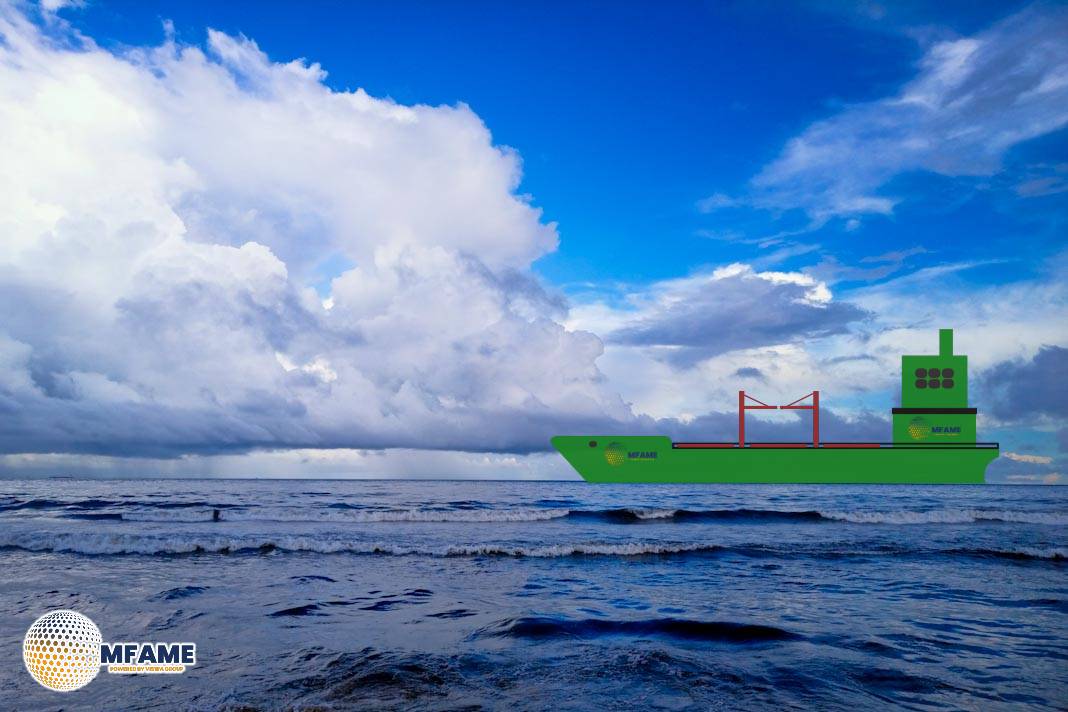Despite a trade deal between the U.S. and the European Union in late July that was intended to set U.S. tariffs on most European goods, including cars, at 15%, uncertainty persists. The new 15% rate has not yet been officially implemented for cars, leaving European car exporters like BMW, Mercedes-Benz, and Volvo to still face the higher 27.5% tariff rate that was put in place earlier this year. According to Wallenius Wilhelmsen CEO Lasse Kristoffersen, this lack of an executive order from President Trump has left the industry and its customers in a state of uncertainty.
Impact on Shipping and Trade Volumes
The fluctuating tariff situation has directly impacted shipping volumes. In the first part of the year, carmakers rushed to ship vehicles to the U.S. to beat the tariff hike to 27.5%. However, this trend reversed at the beginning of the second quarter, as carmakers held back on shipments. Kristoffersen noted that “so far we actually do not know exactly what the tariff level will be. Our customers do not know either, so it is too early to say what they’ll do.” This uncertainty has stalled business and created a volatile landscape for the car-carrier sector.
Tariff History and Future Outlook
In March 2025, President Trump had invoked a 25% tariff on imported automobiles and parts, which was then raised to 27.5% on most European cars. The July trade deal was a step toward de-escalation, but the delay in implementation has left the industry in a state of flux. While the new 15% rate would offer some relief compared to the current 27.5%, it is still a significant increase from the pre-2024 average U.S. tariff rate of just 1.5% on EU exports. The absence of a clear timeline for the new tariff rate has created a challenging environment for European car exporters.
Did you subscribe to our daily Newsletter?
It’s Free Click here to Subscribe!
Source: Reuters
















